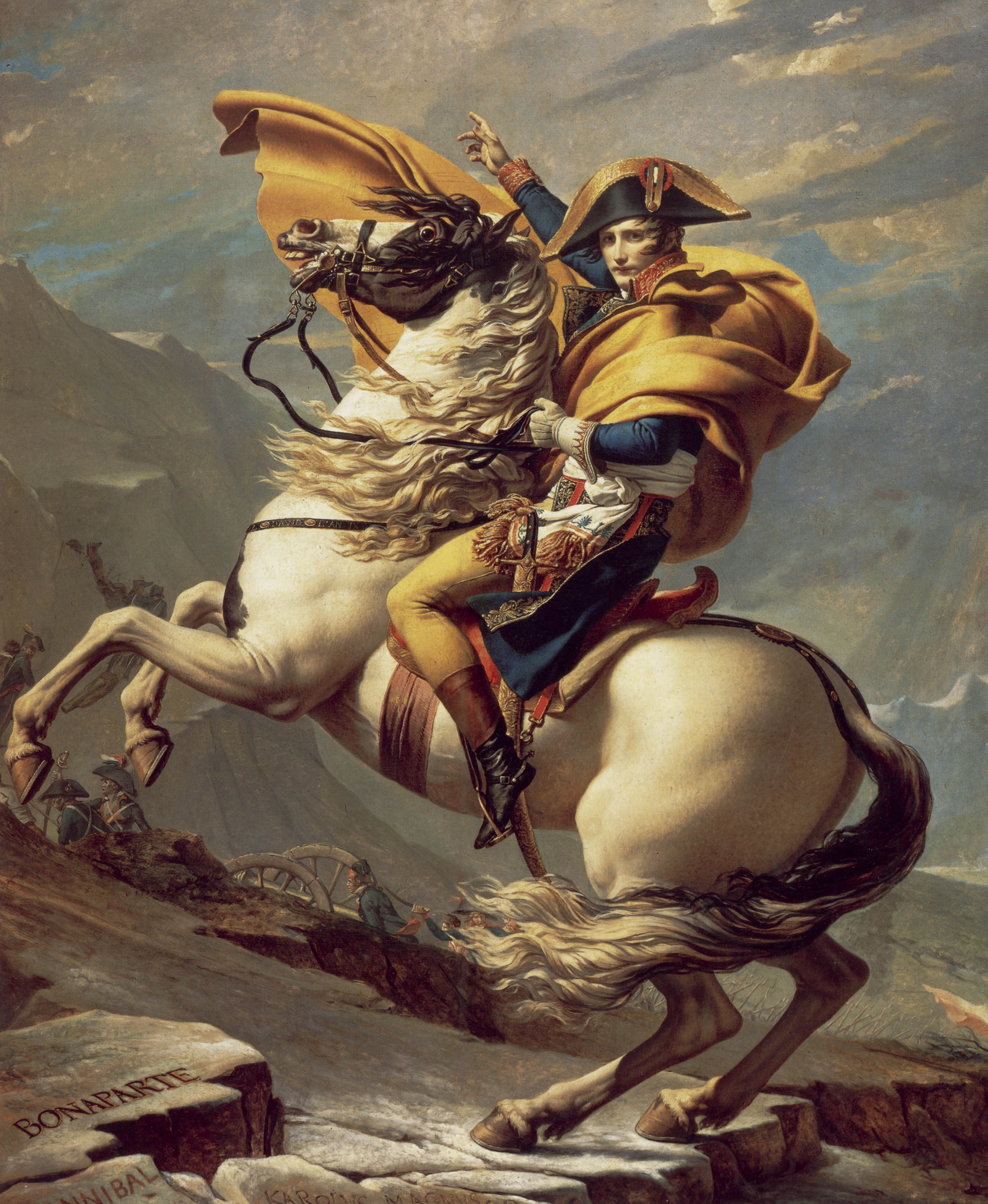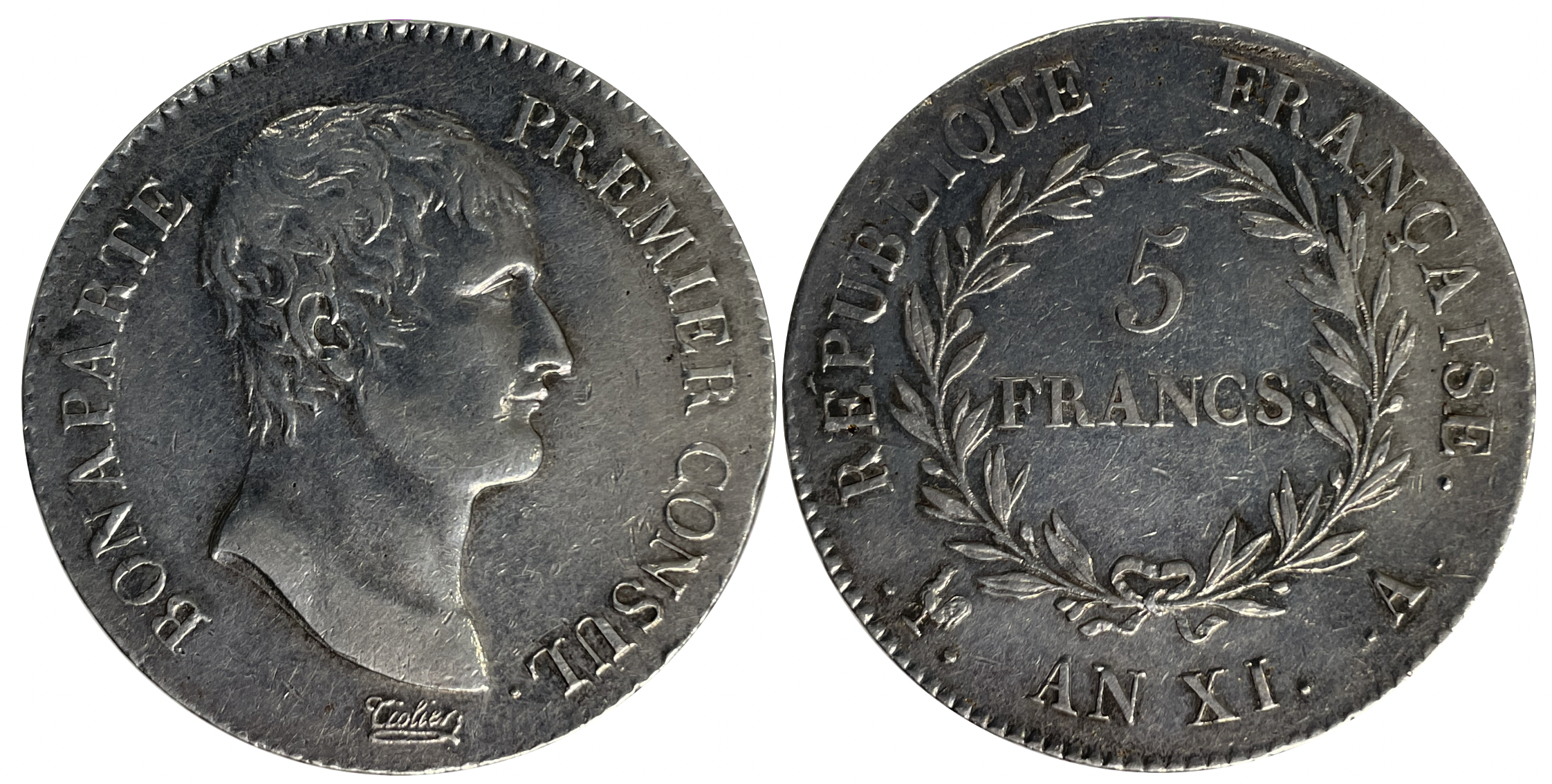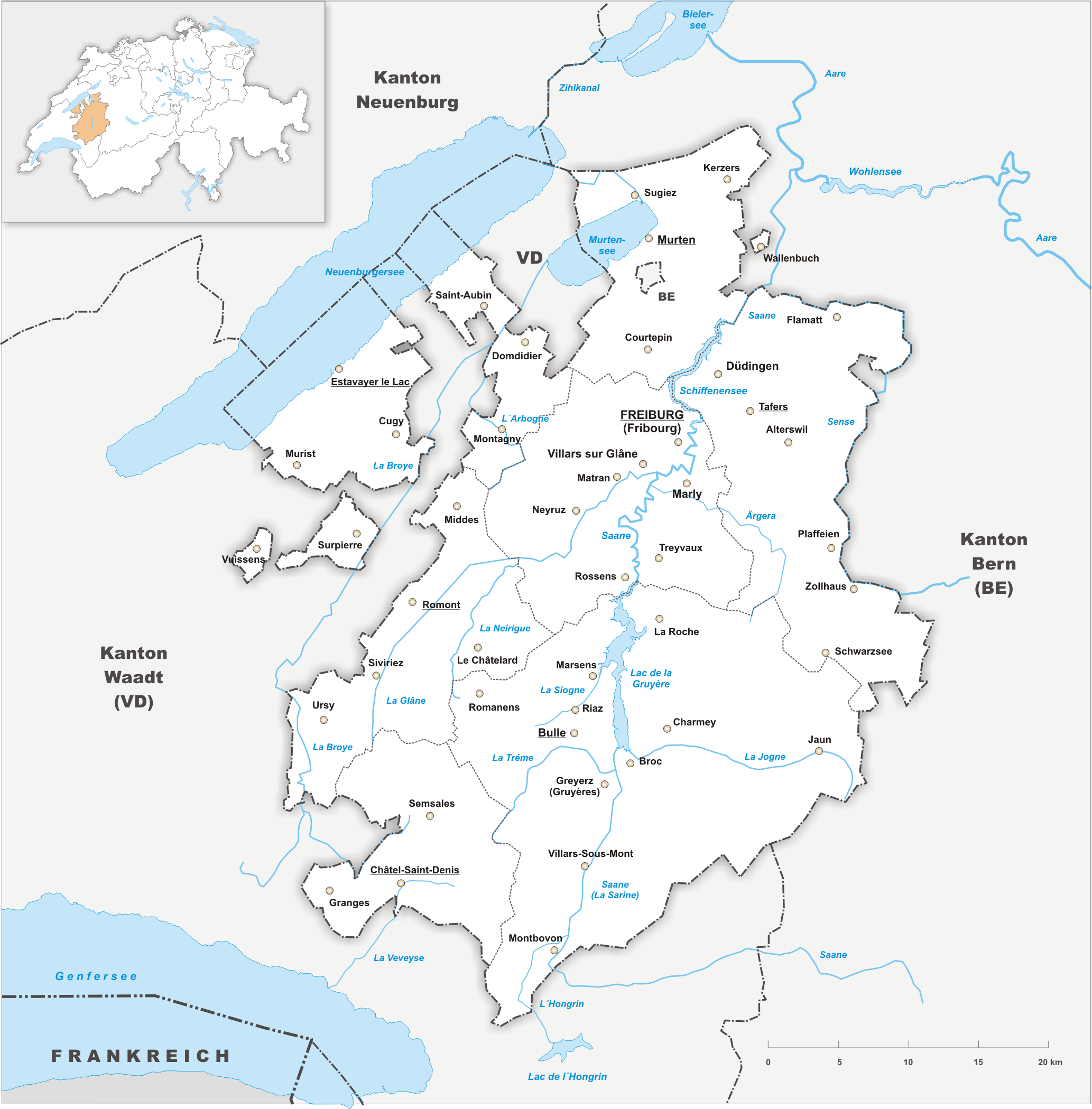|
Rhodanic Republic
The Rhodanic Republic, officially the Republic of Valais ( French: ''République du Valais''; German: ''Republik Wallis'') or Vallais, was a sister republic of France that existed between 1802 and 1810 in the French-speaking part of Switzerland, during the Napoleonic Wars, in the territory corresponding with the modern Swiss canton of Valais. History A Rhodanic Republic had already been envisaged in March 1798 by General Guillaume Brune, commander of the French troops in Switzerland, as one of three successor republics of the Old Swiss Confederacy (the other two being Tellgovie and the Helvetic). Brune's ''République rhodanique'' would have incorporated the present-day cantons of Vaud, Valais, Ticino, Fribourg and part of Bern ( Oberland) with Lausanne as its capital. The canton was to be divided into 17 administrative districts, each with a sous-prefet. However, this idea was put aside. In 1798, when the troops of the French Republic invaded the Swiss Confederacy, the Fren ... [...More Info...] [...Related Items...] OR: [Wikipedia] [Google] [Baidu] |
Sister Republic
A sister republic (french: république sœur) was a republic established by French armies or by local revolutionaries and assisted by the First French Republic during the French Revolutionary Wars. These republics, though nominally independent, relied heavily on France for protection, making them more akin to autonomous territories rather than independent states. This became particularly evident after the declaration of the French Empire, when several states were annexed, and the remaining turned into monarchies ruled by members of the Bonaparte family. History The French Revolution was a period of social and political upheaval in France from 1789 until 1799. The Republicans who overthrew the monarchy were driven by ideas of popular sovereignty, rule of law and representative democracy. The Republicans borrowed ideas and values from Whiggism and Enlightenment philosophers. The French Republic supported the spread of republican principles in Europe, but most of these ''sister ... [...More Info...] [...Related Items...] OR: [Wikipedia] [Google] [Baidu] |
Guillaume Brune
Guillaume Marie-Anne Brune, 1st Count Brune (, 13 March 1764 – 2 August 1815) was a French military commander, Marshal of the Empire, and political figure who served during the French Revolutionary Wars and the Napoleonic Wars. Early life Brune was born in Brives (now called Brive-la-Gaillarde) in the province of Limousin, the son of Étienne Brune, a lawyer, and Jeanne Vielbains. He moved to Paris in 1785, studied law, and became a political journalist. He embraced the ideas of the French Revolution, and soon after its outbreak enlisted in the Parisian National Guard and joined the Cordeliers, eventually becoming a friend of Georges Danton. Revolutionary Wars Brune fought in Bordeaux during the Federalist revolts, and at Hondschoote and Fleurus. In 1793, Brune was appointed brigadier general and took part in the fighting of the 13 Vendémiaire (5 October 1795) against royalist insurgents in Paris. In 1796, he served under Napoleon Bonaparte in the Italian campaign, ... [...More Info...] [...Related Items...] OR: [Wikipedia] [Google] [Baidu] |
Battle Of Marengo
The Battle of Marengo was fought on 14 June 1800 between French forces under the First Consul Napoleon Bonaparte and Austrian forces near the city of Alessandria, in Piedmont, Italy. Near the end of the day, the French overcame General Michael von Melas's surprise attack, drove the Austrians out of Italy and consolidated Bonaparte's political position in Paris as First Consul of France in the wake of his coup d'état the previous November. Surprised by the Austrian advance toward Genoa in mid-April 1800, Bonaparte hastily led his army over the Alps in mid-May and reached Milan on 2 June. After cutting Melas's line of communications by crossing the River Po and defeating '' Feldmarschallleutnant'' (FML) Peter Karl Ott von Bátorkéz at Montebello on 9 June, the French closed in on the Austrian Army, which had massed in Alessandria. Deceived by a local double agent, Bonaparte dispatched large forces to the north and the south, but the Austrians launched a surprise attack o ... [...More Info...] [...Related Items...] OR: [Wikipedia] [Google] [Baidu] |
Simplon Pass
The Simplon Pass (french: Col du Simplon; german: Simplonpass; it, Passo del Sempione, Lombard: ''Pass del Sempiün'') () is a high mountain pass between the Pennine Alps and the Lepontine Alps in Switzerland. It connects Brig in the canton of Valais with Domodossola in Piedmont ( Italy). The pass itself and the villages on each side of it, such as Gondo, are in Switzerland. The Simplon Tunnel was built beneath the vicinity of the pass in the early 20th century to carry rail traffic between the two countries. The lowest point of the col, and the lowest point on the watershed between the basins of the Rhone and the Po in Switzerland lies in marshland about west of the Simplon Pass settlement at an altitude of . peakbagger.com |
First Consul
The Consulate (french: Le Consulat) was the top-level Government of France from the fall of the Directory in the coup of 18 Brumaire on 10 November 1799 until the start of the Napoleonic Empire on 18 May 1804. By extension, the term ''The Consulate'' also refers to this period of French history. During this period, Napoleon Bonaparte, as First Consul (), established himself as the head of a more authoritarian, autocratic, and centralized republican government in France while not declaring himself sole ruler. Due to the long-lasting institutions established during these years, Robert B. Holtman has called the Consulate "one of the most important periods of all French history." Napoleon brought authoritarian personal rule which has been viewed as military dictatorship. Fall of the Directory government French military disasters in 1798 and 1799 had shaken the Directory, and eventually shattered it in November 1799. Historians sometimes date the start of the political ... [...More Info...] [...Related Items...] OR: [Wikipedia] [Google] [Baidu] |
French Invasion Of Switzerland
The French invasion of Switzerland (French: ''Campagne d'Helvétie'', German: ''Franzoseneinfall'') occurred from January to May 1798 as part of the French Revolutionary Wars. The independent Old Swiss Confederacy collapsed from the invasion and simultaneous internal revolts called the "Helvetic Revolution". The Swiss Ancien Régime institutions were abolished and replaced by the centralised Helvetic Republic, one of the sister republics. Background Before 1798, the modern region of Vaud belonged to the Canton of Bern, to which it had a dependent status. Moreover, the majority of Francophone Catholic Vaudois felt oppressed by the German-speaking Protestant majority of Bern. Several Vaudois patriots such as Frédéric-César de La Harpe advocated for independence. In 1795, La Harpe called on his compatriots to rise up against the Bernese aristocrats, but his appeal fell to deaf ears, and he had to flee to Revolutionary France, where he resumed his activism. In late 1797, Frenc ... [...More Info...] [...Related Items...] OR: [Wikipedia] [Google] [Baidu] |
French First Republic
In the history of France, the First Republic (french: Première République), sometimes referred to in historiography as Revolutionary France, and officially the French Republic (french: République française), was founded on 21 September 1792 during the French Revolution. The First Republic lasted until the declaration of the First Empire on 18 May 1804 under Napoléon Bonaparte, although the form of the government changed several times. This period was characterized by the fall of the monarchy, the establishment of the National Convention and the Reign of Terror, the Thermidorian Reaction and the founding of the Directory, and, finally, the creation of the Consulate and Napoleon's rise to power. End of the monarchy in France Under the Legislative Assembly, which was in power before the proclamation of the First Republic, France was engaged in war with Prussia and Austria. In July 1792, the Duke of Brunswick, commanding general of the Austro–Prussian Army, issued his ... [...More Info...] [...Related Items...] OR: [Wikipedia] [Google] [Baidu] |
Lausanne
, neighboring_municipalities= Bottens, Bretigny-sur-Morrens, Chavannes-près-Renens, Cheseaux-sur-Lausanne, Crissier, Cugy, Écublens, Épalinges, Évian-les-Bains (FR-74), Froideville, Jouxtens-Mézery, Le Mont-sur-Lausanne, Lugrin (FR-74), Maxilly-sur-Léman (FR-74), Montpreveyres, Morrens, Neuvecelle (FR-74), Prilly, Pully, Renens, Romanel-sur-Lausanne, Saint-Sulpice, Savigny , twintowns = Lausanne ( , , , ) ; it, Losanna; rm, Losanna. is the capital and largest city of the Swiss French speaking canton of Vaud. It is a hilly city situated on the shores of Lake Geneva, about halfway between the Jura Mountains and the Alps, and facing the French town of Évian-les-Bains across the lake. Lausanne is located northeast of Geneva, the nearest major city. The municipality of Lausanne has a population of about 140,000, making it the fourth largest city in Switzerland after Basel, Geneva, and Zurich, with the entire agglomeration area having about ... [...More Info...] [...Related Items...] OR: [Wikipedia] [Google] [Baidu] |
Canton Of Oberland
Oberland (German for ''Highlands'') was the name of a canton of the Helvetic Republic (1798–1803), corresponding to the area of the Bernese Oberland, with its capital at Thun. History After the Napoleonic invasion of Switzerland in 1798, the old Bernese order was broken up and the Oberland separated from the rest of the canton. Within the new canton, historic borders and traditional rights were not considered. As there had been no previous separatist feeling amongst the conservative population, there was little enthusiasm for the new order. The 1801 Malmaison Constitution proposed reuniting the Oberland with Bern, but it was not until the Act of Mediation, two years later, with the abolition of the Helvetic Republic and the partial restoration of the ''ancien régime'', that the two cantons were reunited. Districts During its short-lived existence, the canton was administered in ten districts, each named for the district seat, except where shown: * Aeschi * Brienz * Frut ... [...More Info...] [...Related Items...] OR: [Wikipedia] [Google] [Baidu] |
Bern (canton)
The canton of Bern or Berne (german: Kanton Bern; rm, Chantun Berna; french: canton de Berne; it, Canton Berna) is one of the 26 cantons forming the Swiss Confederation. Its capital city, Bern, is also the ''de facto'' capital of Switzerland. The bear is the heraldic symbol of the canton, displayed on a red-yellow background. Comprising ten districts, Bern is the second-largest canton by both surface area and population. Located in west-central Switzerland, it is surrounded by eleven cantons. It borders the canton of Jura and the canton of Solothurn to the north. To the west lie the canton of Neuchâtel, the canton of Fribourg and canton of Vaud. To the south lies the canton of Valais. East of the canton of Bern lie the cantons of Uri, Nidwalden, Obwalden, Lucerne and Aargau. The geography of the canton includes a large share of all three natural regions of Switzerland: the Jura Mountains (the Bernese Jura), the Swiss Plateau (the Bernese Mittelland) and the Alps (the Be ... [...More Info...] [...Related Items...] OR: [Wikipedia] [Google] [Baidu] |
Canton Of Fribourg
The canton of Fribourg, also canton of Freiburg (french: Canton de Fribourg ; german: Kanton Freiburg ; frp, Canton de Fribôrg rm, Chantun Friburg it, Canton Friburgo) is located in western Switzerland. The canton is bilingual, with French spoken by more than two thirds of the citizens and German by a little more than a quarter. Both are official languages in the canton. The canton takes its name from its capital city of Fribourg. History On the shores of Lake Neuchâtel and Lake Morat significant traces of prehistoric settlements have been unearthed. The canton of Fribourg joined the Swiss Confederation in 1481. The area is made up of lands acquired by the capital Fribourg. The present extent was reached in 1803 when Murten (Morat) was acquired. The canton of Fribourg joined the separatist league of Catholic cantons in 1846 ( Sonderbund). The following year, its troops surrendered to the federal army. Geography The canton is bounded to the west by Lake Neuchâtel, to ... [...More Info...] [...Related Items...] OR: [Wikipedia] [Google] [Baidu] |
Ticino
Ticino (), sometimes Tessin (), officially the Republic and Canton of Ticino or less formally the Canton of Ticino,, informally ''Canton Ticino'' ; lmo, Canton Tesin ; german: Kanton Tessin ; french: Canton du Tessin ; rm, Chantun dal Tessin . is one of the 26 cantons forming the Swiss Confederation. It is composed of eight districts and its capital city is Bellinzona. It is also traditionally divided into the Sopraceneri and the Sottoceneri, respectively north and south of Monte Ceneri. Red and blue are the colours of its flag. Ticino is the southernmost canton of Switzerland. It is one of the three large southern Alpine cantons, along with Valais and the Grisons. However, unlike all other cantons, it lies almost entirely south of the Alps, and has no natural access to the Swiss Plateau. Through the main crest of the Gotthard and adjacent mountain ranges, it borders the canton of Valais to the northwest, the canton of Uri to the north and the canton of Grisons to th ... [...More Info...] [...Related Items...] OR: [Wikipedia] [Google] [Baidu] |







